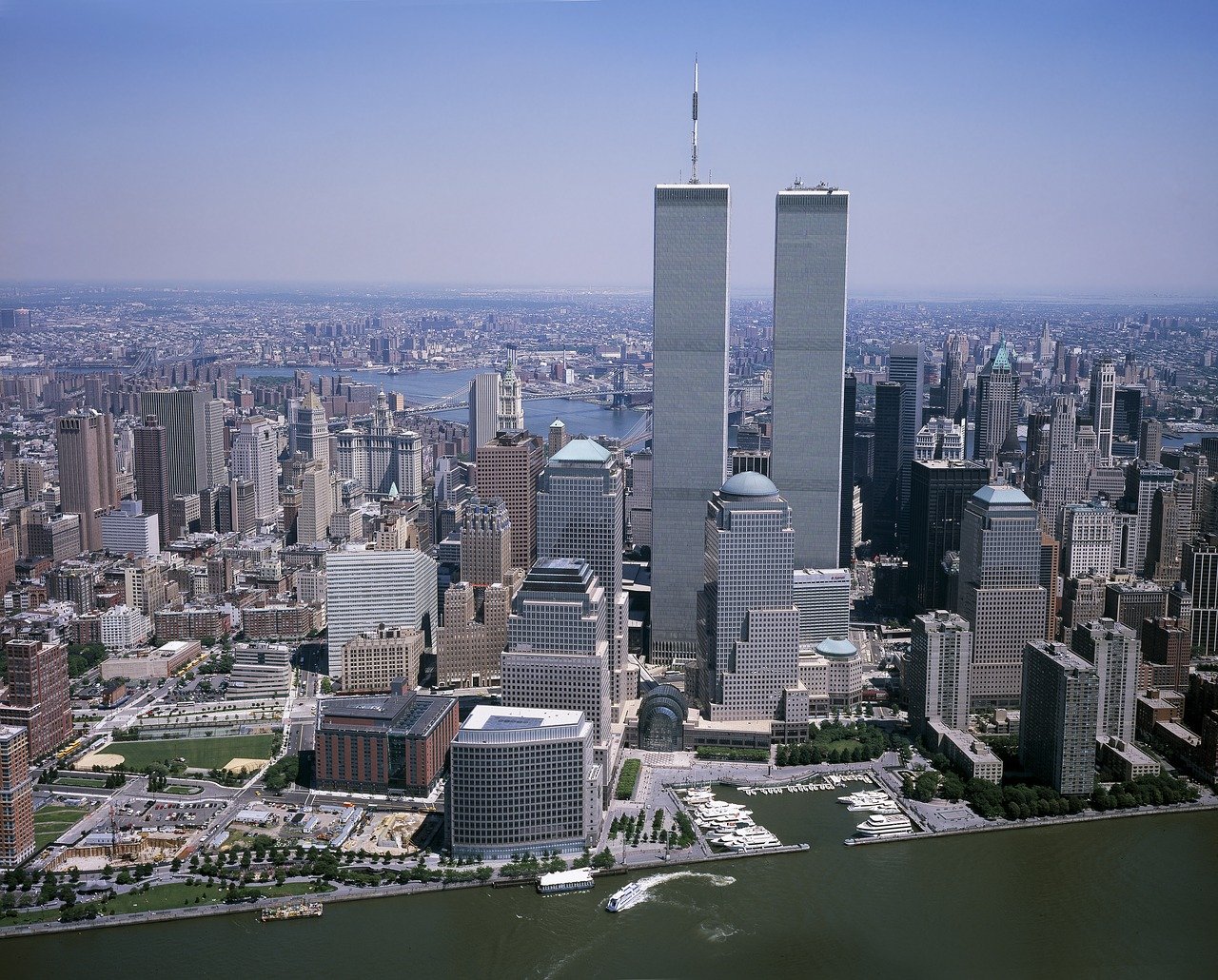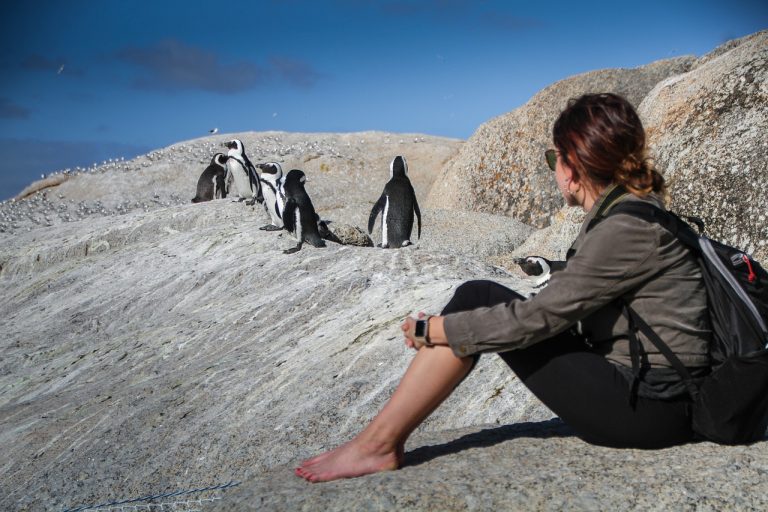Facial Recognition

“The Lord looks from heaven; He sees all the sons of men.” [Psalm 33:13]
Forget ID badges, passwords, and access cards. Pretty soon, to get in and out of your office, you might start using something you can’t forget or misplace: your face. Facial recognition technology, once the subject of science fiction, has now started to appear in real-life public places. A camera will capture images of people who pose or simply walk by, and then software matches those pictures with images stored in a database. All types of institutions that need greater security have recently begun to use facial recognition to verify identity. Currently more than 100 casinos across the country have facial recognition systems in operation. The city of Tampa uses it in outdoor cameras to spot missing children and lawbreakers.
University scientists have been working on facial recognition technology for over a decade. With financial support from the U.S. Defense Department, scientists are attempting to find a technology that can spot criminals or terrorists at airports and border crossings. Companies began commercializing the technology in the mid-’90s. It made headlines when word got out that authorities used it at the Super Bowl in Tampa to search for felons and terrorists among the crowd of 100,000 spectators. Electronic readers can be affixed to entryways, keyboards, laptops, and even mobile phones. Companies often do not need to install anything beyond the new software because most already have pictures of employees on file and cameras in place, making it cheaper than iris-reading setups.
Here’s how it works. Computer software measures a face according to its peaks and valleys – such as the tip of the nose, the depth of the eye sockets – which are known as nodal points. Even though a human face has 80 nodal points, programs only require 14 to 22 to achieve recognition with 99 percent accuracy. The program concentrates on the inner region of the face, which runs from temple to temple and just over the lip, called the “golden triangle.” The software matches face prints in the existing file with those of the people passing in front of the cameras.
Did you know the Bible teaches that recognition technology has actually been around for thousands of years? When Abraham sent Hagar and Ishmael away, Hagar cried out to God for help. When the Angel of the Lord came to her and encouraged her, “Then she called the name of the Lord who spoke to her, You-Are-the-God-Who-Sees; for she said, ‘Have I also here seen Him who sees me?’” (Genesis 16:13). The Lord, from the heavens, can see our every move.





